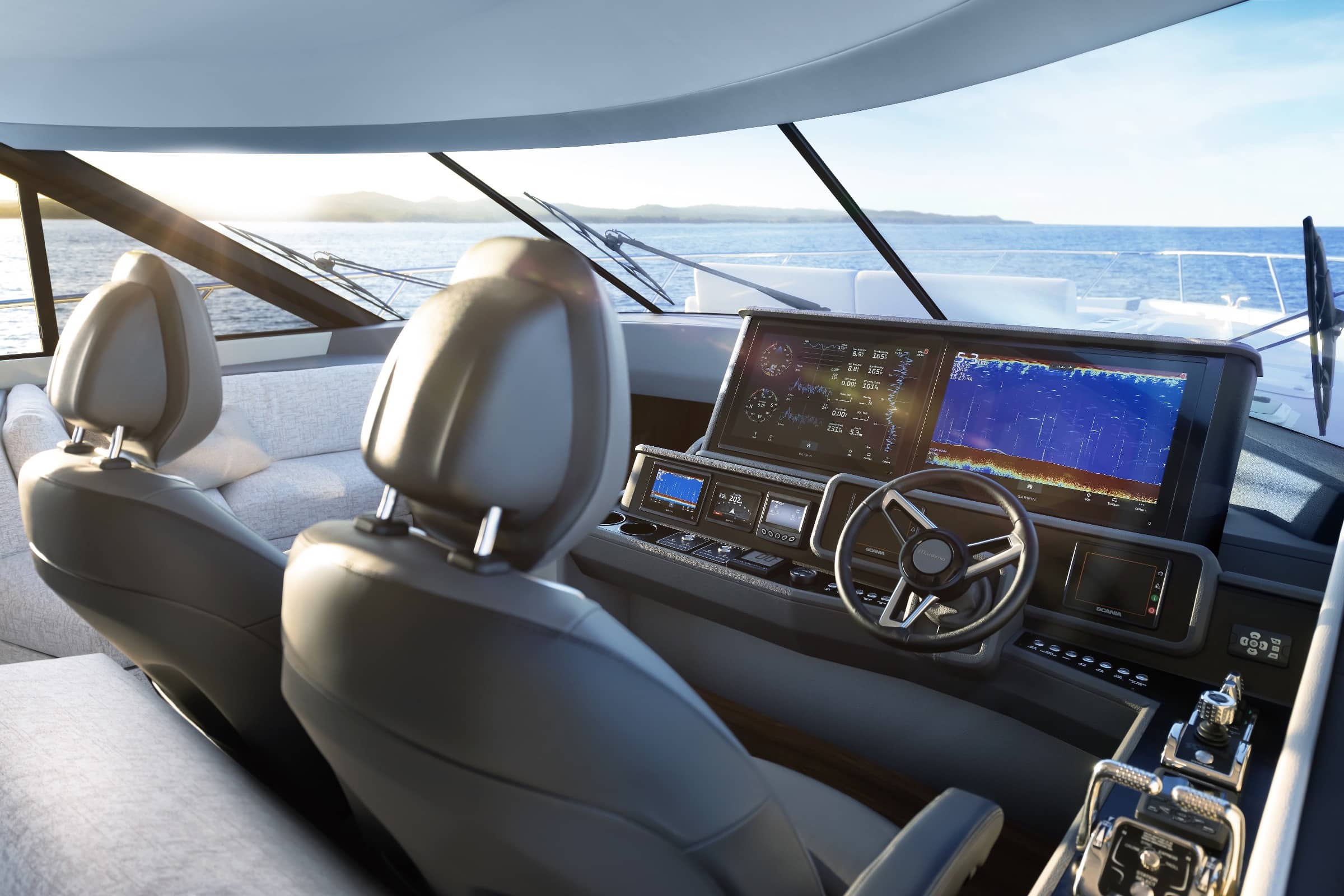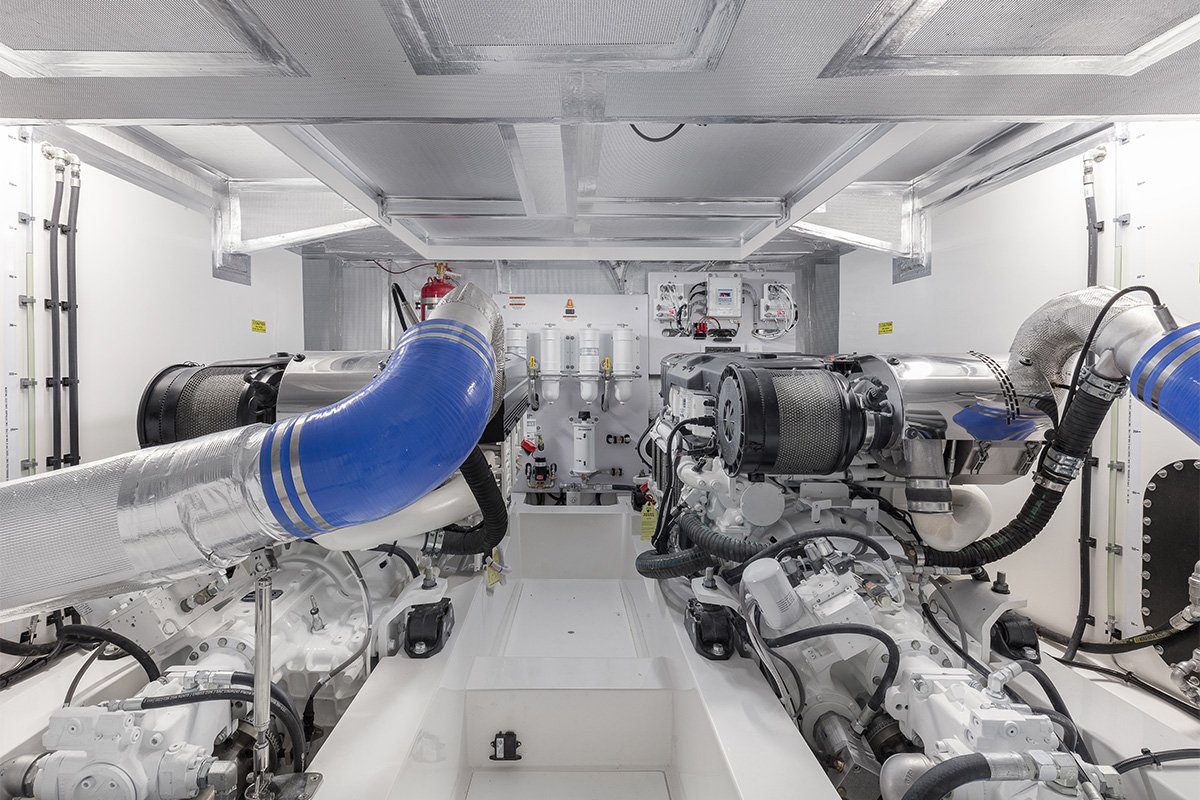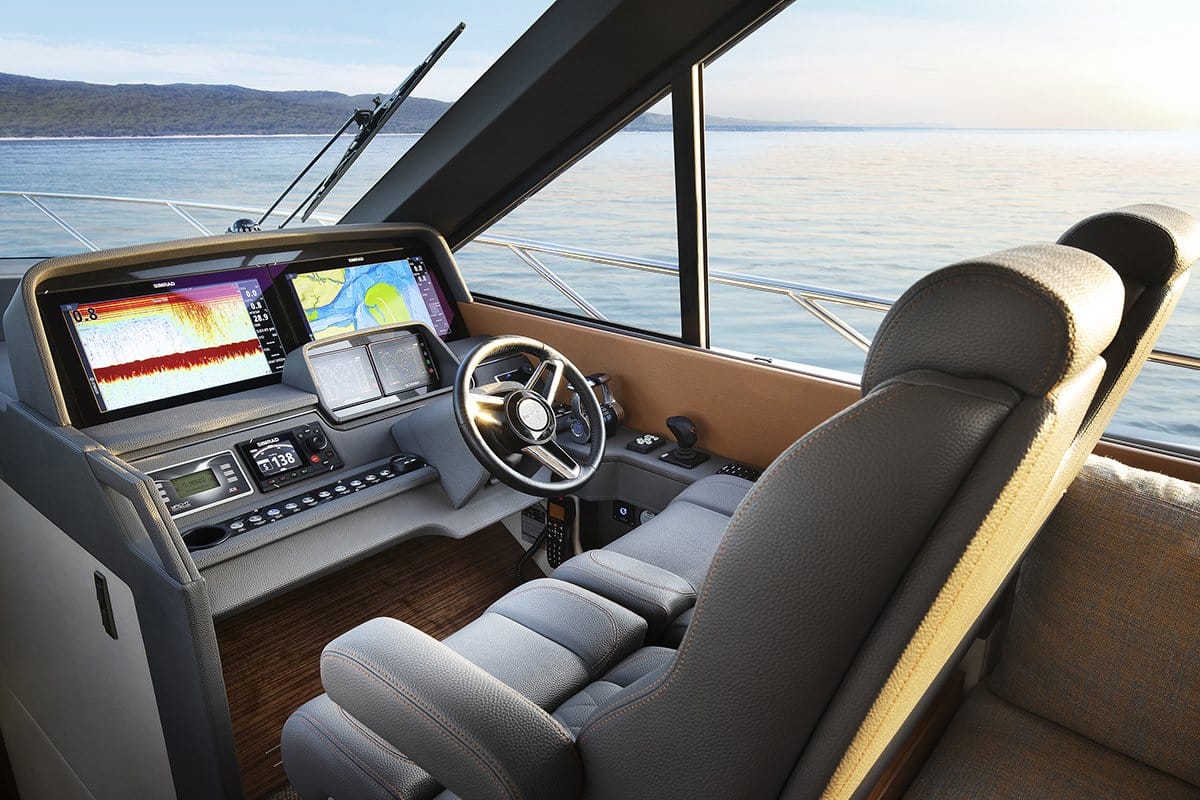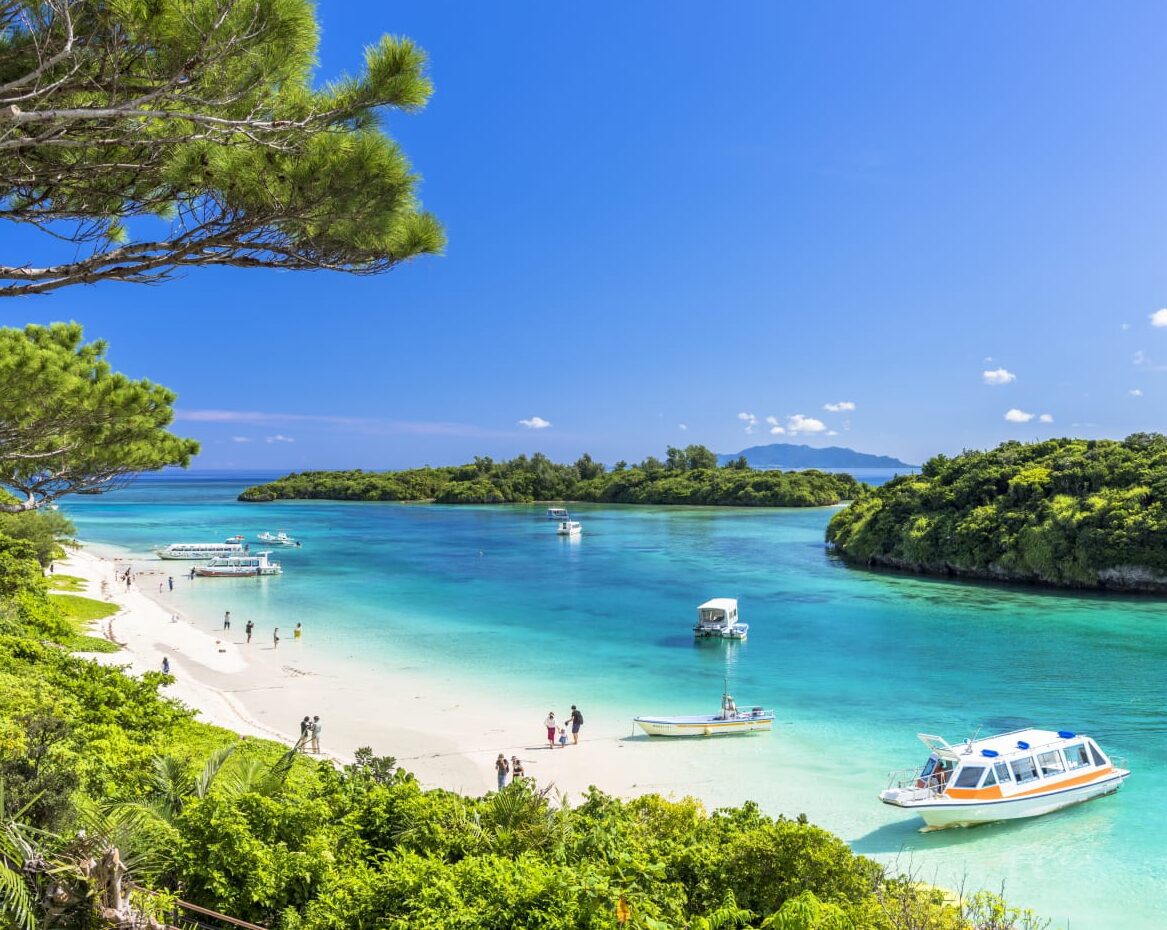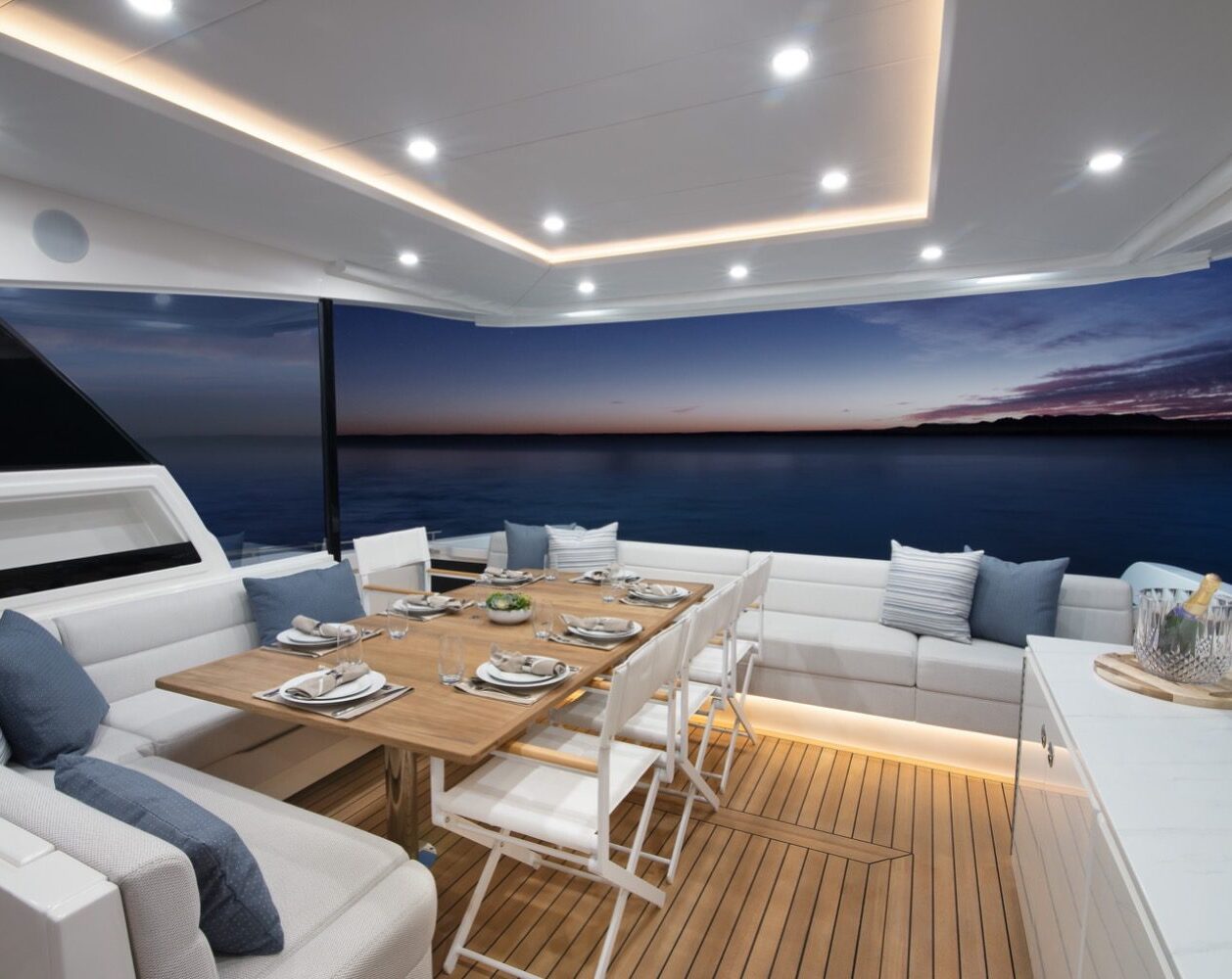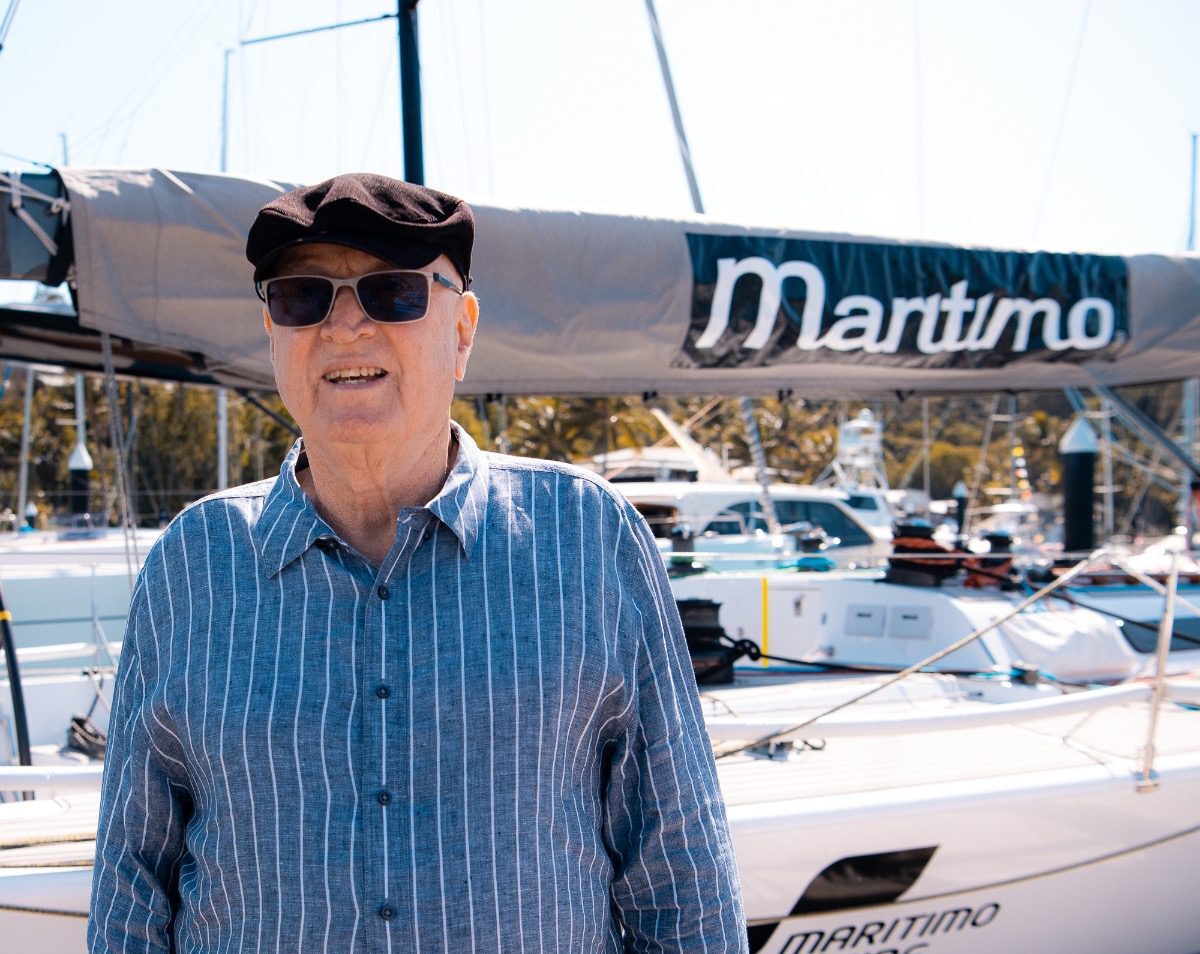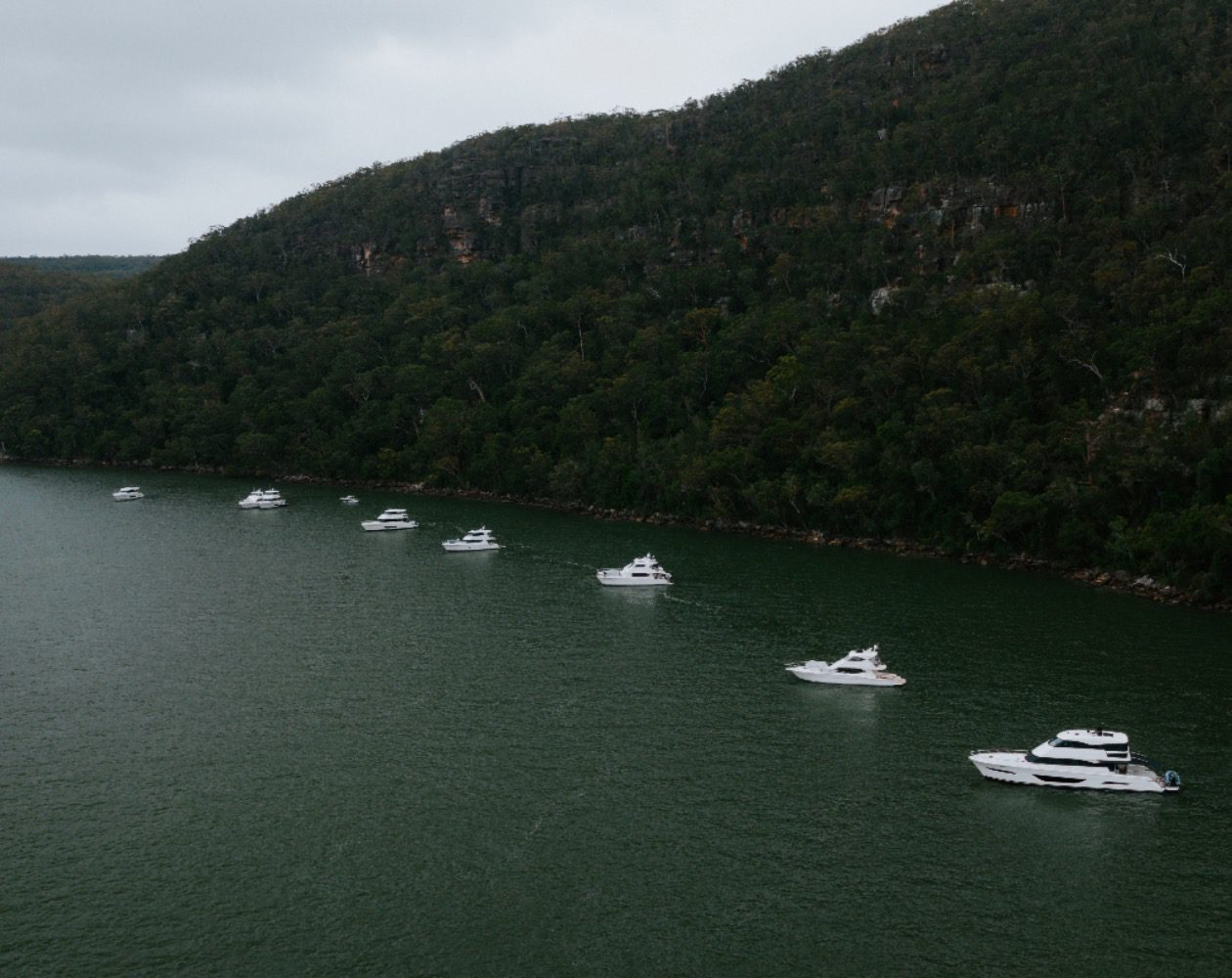Planning, prepping and checking your vessel leads to an even greater experience on the water for all. We cover the basis for developing your own luxury motor yacht pre-departure checklist.
Whether you are new to boating, or on your fourth Maritimo, being the Master of your vessel comes with a level of responsibility for all those you take on board. So rather than be alarmist, let’s get on with the fun by first taking a moment to run through some basics that you can incorporate into your boating regime, and thereby make the most of your time on the water. At the end of this article you will find our luxury motor yacht pre-departure checklist that you can use as the basis to develop your own that will be specific to you and your vessel.
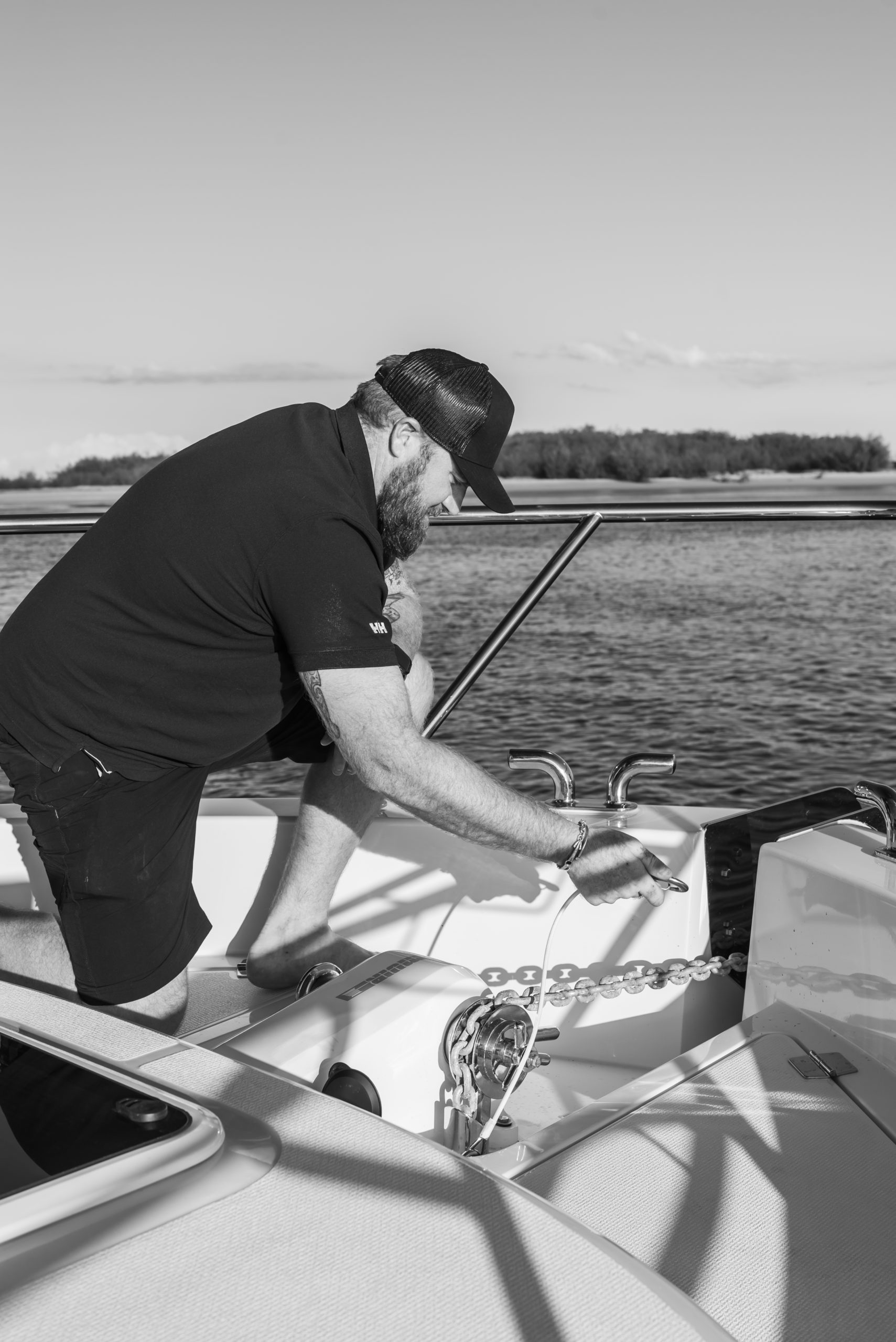
Maritimo’s Delivery Skipper, Isaac Marshall, is a Master Four qualified mariner with years of experience across many a vessel, and in various locales around the globe. “We all want to get out there and have fun and enjoy our hobbies. I think the most dangerous thing on the water recreationally is that on a good year we may only use our boat once a fortnight or month. It is not a lot when you compare it to other activities we undertake. Boating does have its risks, but with careful planning and consideration you can mitigate many of them”, said Marshall.
“There are key things you can do that are imperative to a good day’s boating, and much of it starts by turning your mind to the task at hand before you even step on board. This particular message cannot ever be overstated. Having your own checklist is the best way to do ensure you are at your best, and make everyone comfortable in the process. It does not have to be overcomplicated, either. Simply put, just know your boat.”
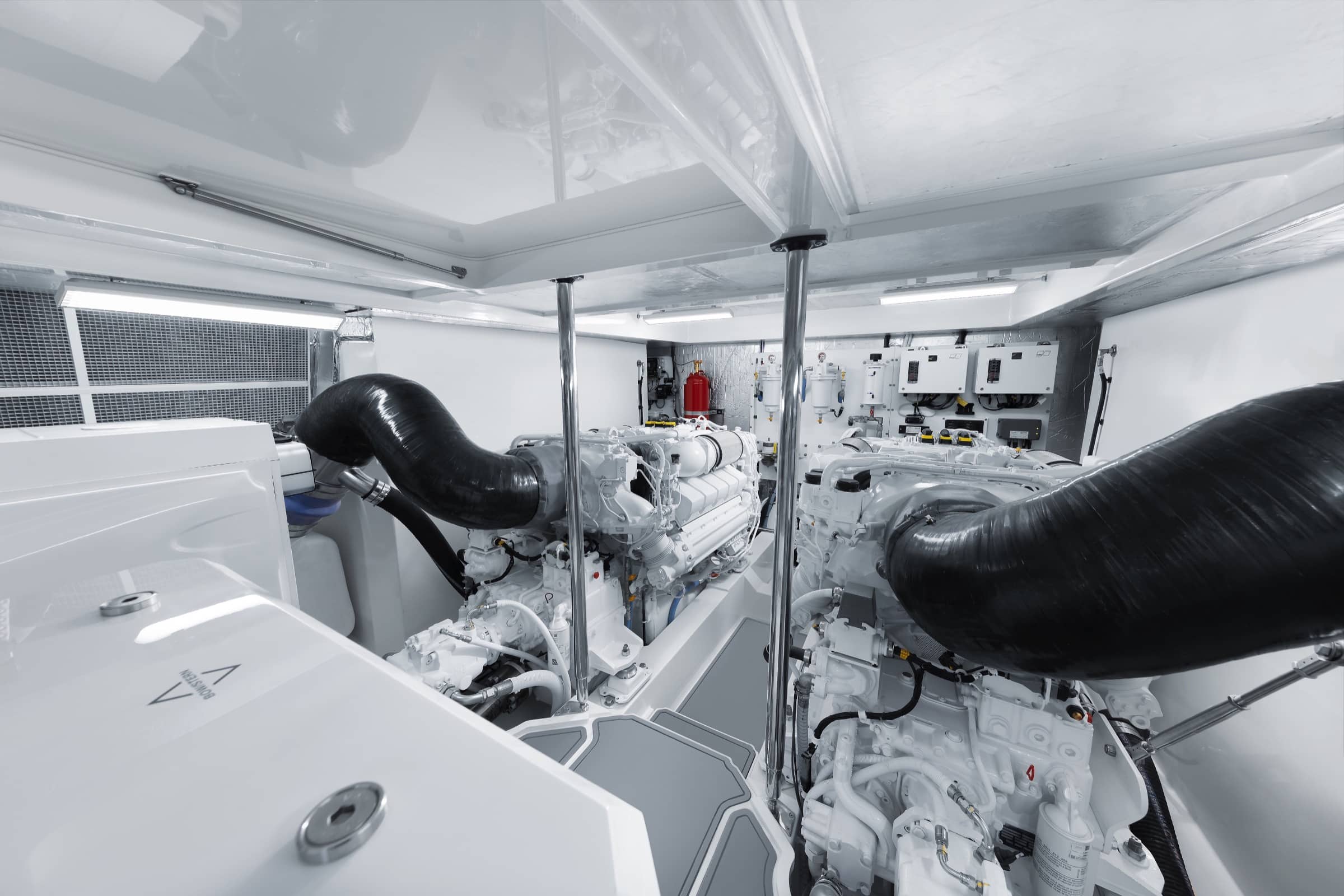
“Do some key things at the start of the day, during the day on a longer trip and at the end of the day, like inspect the engine room. If things are different, then an analysis needs to be done. Even with just this one simple procedure you’ll be halfway to not only having a safe day on the water, but an enjoyable one too.”
“Rule zero would be check the weather and tides the night before, and then again in the morning before you leave your house, as you may have to change your departure time to suit. Rule one would be get there half an hour before your guests arrive or your planned departure time.”

“You will create your own version, and it might be ten steps, or it might be fifty. It could be a notebook, or list by the helm, but your own version is just that. Yours. Stick to it.”
This kind of thing is more than just bringing things back online, checking batteries, oil, filters, running fans, warming diesels, and checking your chartplotter, including zooming in to look for any anomalies. There is also having the correct safety gear for all people on board, which will avoid fines if nothing else. Of course, logging your float plan with the Coast Guard, and also a family member or friend staying ashore, is just plain smart.ent on the water for all.

